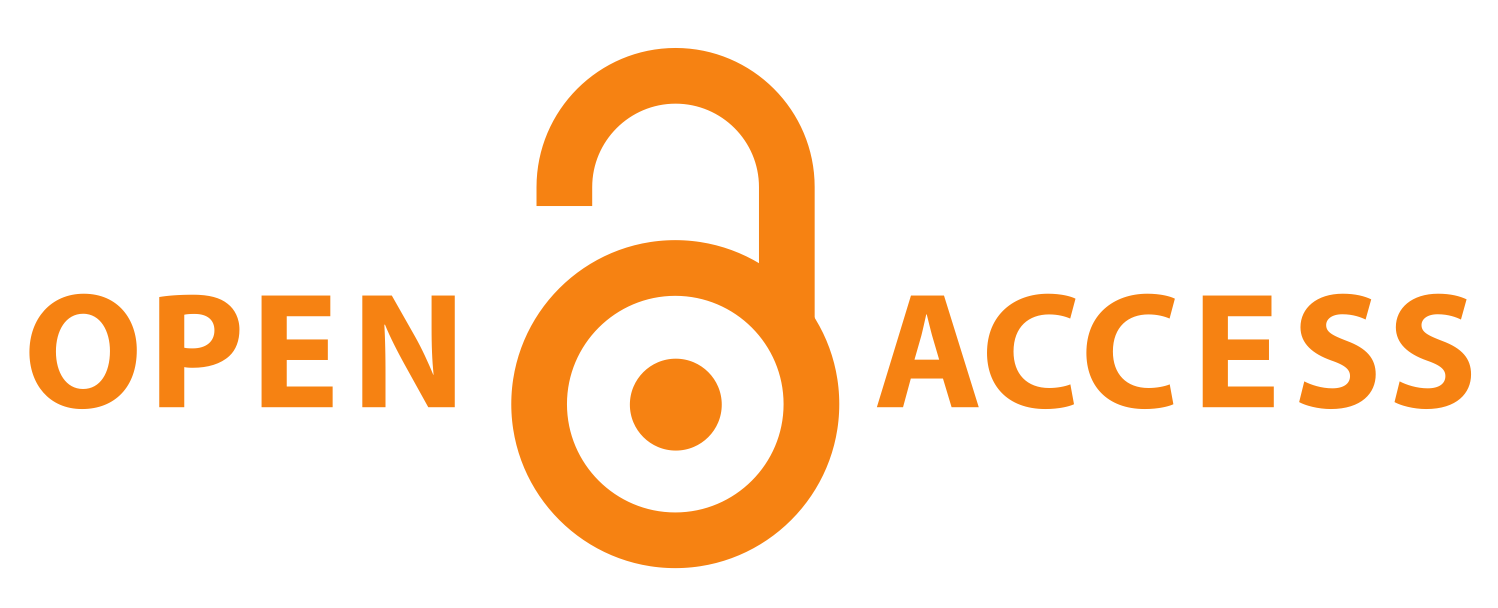LIPIcs.CCC.2023.28.pdf
- Filesize: 0.76 MB
- 19 pages

 Creative Commons Attribution 4.0 International license
Creative Commons Attribution 4.0 International license








Feedback for Dagstuhl Publishing